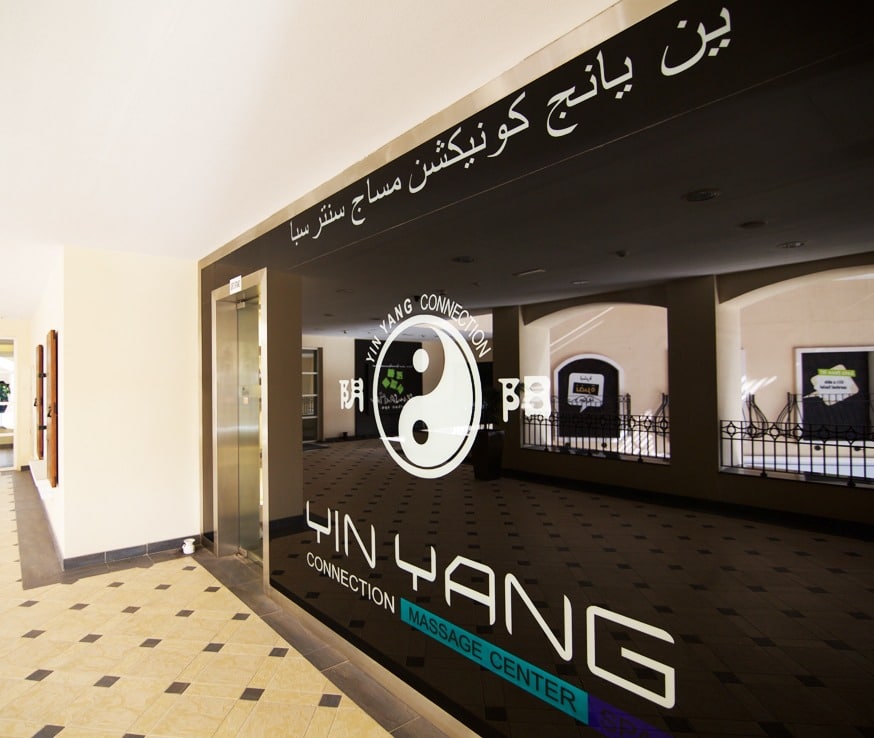As the sombre moods of winter give way to the cheerful notes of spring, it heralds the Chinese New Year, also known as the Spring Festival or Lunar Festival. 2022 is the Year of the Tiger, the third year in the 12-year Chinese lunar calendar. Starting from 1st February 2022 and lasting till 21st January 2023 is the year of the Water Tiger. The dates are decided as per the Chinese Lunar calendar, which is based on the cycles of the moon.
The Chinese New year celebrations dating back almost 4000 years in history have grown in importance in China and internationally. In addition, worldwide celebrations and observance have helped spread the Chinese culture globally.
The Chinese New year has its origins in ancestor/deity worship of the ancient Shang dynasty people. It has now meta morphed into sharing time with family, renewing family bonds, sharing wealth and abundance with others and is indeed a celebration of life and happiness. It has regional variations, but it’s a time to forget the problems, hardships, issues of life and celebrate with fireworks, decorations, and most importantly, eating to your heart’s content. The giant red lanterns, brightly decorated streets, dragon dances and a riot of colours, food and fun have become synonymous with the festival.
Within China, the festival is time to either go to your village or to travel. So in mainland China, the main celebrations are in villages and small towns and not so pronounced in cities. It’s also customary to visit people at their homes, a practice called bài nián. People exchange gifts; however, some gifts are taboo in Chinese culture, including towels and handkerchiefs associated with crying! In addition, Chinese people don’t like clocks as gifts that suggest time is ticking off from their lives, and sharp objects convey the cutting off relationships.
Children receive red envelopes called Hongbao, which are filled with large sums of money, a tradition similar to Eidi given to children during Eid in the UAE. The married give Hongbao to children and unmarried. These show the fascinating similarity between festivals across the world across diverse cultures. The adults celebrate by bursting crackers called (fàng biān pào) to scare away the mythical Nian monster, which symbolises bad luck and evil!! Some of the other popular traditions include the traditional sumptuous dinner on New Year accompanied by the exchange of red packets and a bit of gambling to set the mood, house cleaning and decorating the house following the year’s theme. In addition, it is customary to burn incense and bamboo sticks to get rid of evil spirits.
The Year of Tiger draws its inspiration from Tiger, which is strong, forceful, and brave. Tigers are also the patron deity of children, and parents make small shoes and hats with images of Tigers embossed on them. As per the Chinese zodiac, people born in the Year of Tiger are natural leaders, ambitious and adventurous.
Lucky Number 1,3,4
Lucky Colours Grey, Blue, White, Orange
Lucky Flowers Cineraria, Anthurium
Wu Xing ( the earth element): Wood
Ying Yang: Yang
The entire team at Yinyang would like to wish everyone ‘Xīnnián hǎo’, which translates to ‘New Year goodness to you.’



























